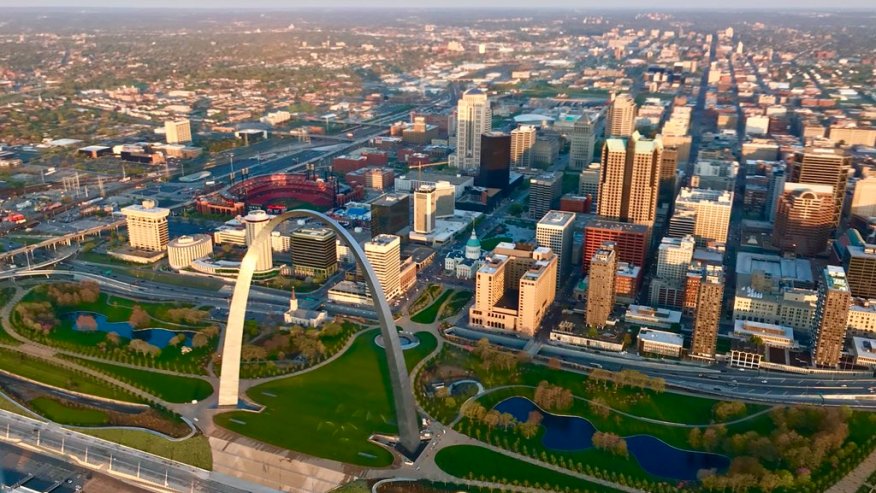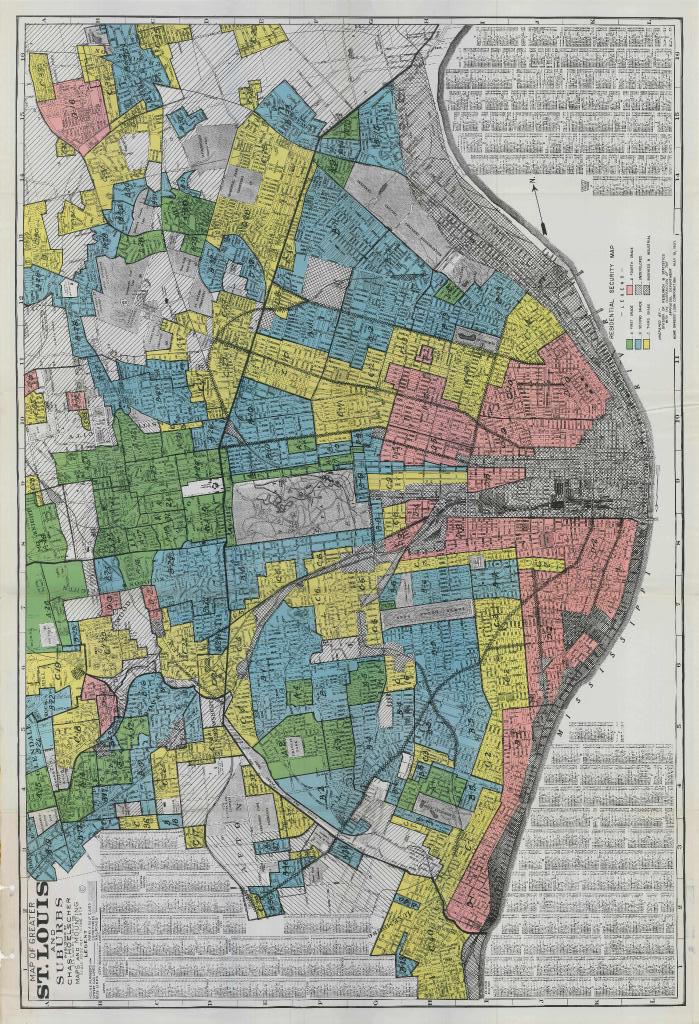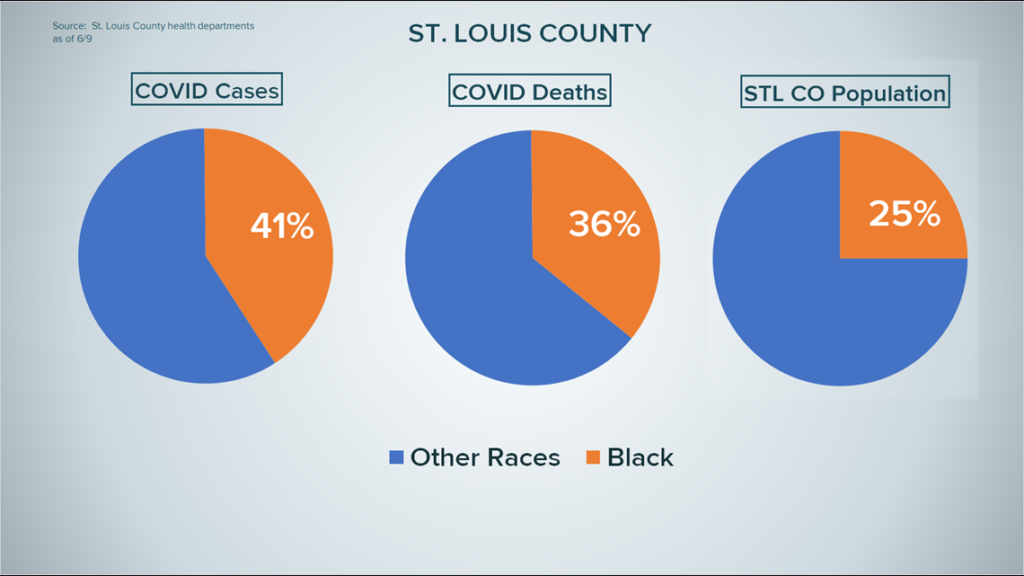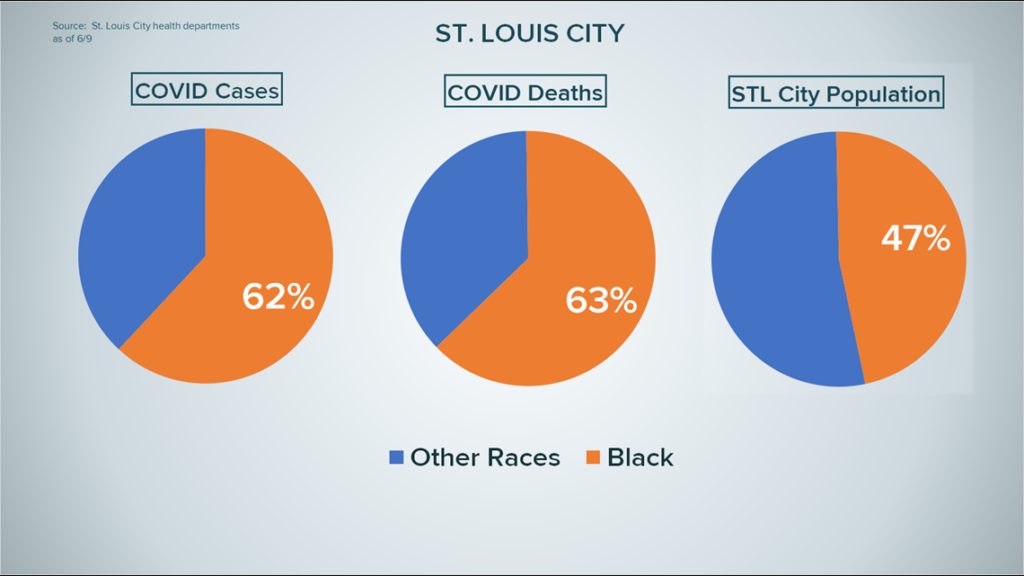
How have racist housing policies in the 30s affected Black people in St. Louis today?
What is redlining?
Redlining is the process of color-coding maps based on risk of related to insuring mortgages. Lenders would use red ink in order to outline high-risk areas for loan distribution, green ink for areas with no risk, and yellow ink for areas with some or little risk. Areas that were deemed high-risk were due to the fact that those areas were dominated by minority groups. The Home Owners Loan Corporation, and then the FHA, used redlining in order to determine which homes and neighborhoods were suitable for insuring. Although the use of discriminatory practices was outlawed by the Fair Housing Act of 1968, we can see the long-term consequences of redlining today.

What are the effects of redlining?
- Wealth inequality: Black people were unable to generate wealth because their homes could not gain equity appreciation, like homes did for White buyers in the suburbs.
- Lack of economic stability in redlined areas: Black buyers and Black neighborhoods were generally avoided in terms of loan distribution, so these neighborhoods were unable to create economic stability and thus deteriorated.
- Health disparities: because these neighborhoods deteriorated, many grocery stores left, and were replaced by liquor and corner stores; this meant little access to healthy foods which resulted in chronic diseases such as diabetes and kidney disease.
Redlining and ZIP Codes in St. Louis
One of the most segregated areas in St. Louis is the Delmar Divide. The area north of Delmar Blvd. has a population that is 99% Black; the average income of this population is $22,000; the median home value of this area is estimated to be $78,000; and 5% of the population have a bachelor’s degree (Purnell, Camberos, and Fields 29).
The area south of Delmar Blvd. has a population that is 70% White; the average income of this population is $47,000; the median home value of this area is estimated to be $310,000; and 67% of the population have a bachelor’s degree (Purnell, Camberos, and Fields 29).
Another area that has suffered from redlining is North St. Louis City. Residents in North St. Louis City are 95% Black; the median household income is $15,000; 24% of the population is unemployed; and 54% of the population are below the poverty line (Health Equity Works et al. 6)
It is important to note the ZIP code of the area that is south of Delmar Blvd., which is located in St. Louis County, is 63105. ZIP code 63106 is located in North St. Louis City. It is important to note these ZIP codes because ZIP codes overall play a role in terms of health disparities in St. Louis.
COVID-related Health Disparities in St. Louis


Social Determinants of Health
Healthcare Access & Quality
Many people living in poverty, like many of those living in St. Louis City, do not get regular checkups, nor do they visit their physician or primary care provider more than twice a year, if at all. This is because many of those living in poverty cannot afford regular checkups, even with health insurance programs such as Medicaid.
Economic Stability
Economic stability and access to quality healthcare are two social determinants of health that go hand-in-hand in terms of COVID disparities. Those who are economically stable are more likely able to afford insurance and/or have insurance provided for through job benefits and thus have access to quality healthcare.
Distrust of Healthcare
Although distrust among the healthcare system is not a social determinants of health, it has some contribution to health disparities, most particularly vaccine distribution. Distrust among healthcare professionals and the healthcare system as a whole can be attributed to the long history of the mistreatment of Black people, which has never been properly acknowledged and continues today. There has been some hesitancy in terms of receiving the COVID vaccine.
What Are Possible Solutions?
Legislative Action:
- Monthly stimulus checks
- Halt in rent and mortgage payments
- More funding for inner-city neighborhoods
- Establish affordable, non-profit clinics in inner-city neighborhoods
Community-based Action:
- Education for healthcare professionals regarding the history of the mistreatment of Black people in medicine and science
- Questionnaires for patients based on healthcare providers and the patients’ overall experiences
- Establishment of Racial Equity Committees in clinics and hospitals across St. Louis
Documentaries on Redlining
References
Health Equity Works, ArchCity Defenders, Ascend STL Inc., Metropolitan St. Louis Equal Housing and Opportunity Council (EHOC), Empower Missouri, For the Sake of All, Invest STL, and Team TIF. “Segregation in St. Louis: Dismantling the Divide.” Report, Washington University in St. Louis. available at https://healthequityworks.wustl.edu/files/2018/06/Segregation-in-St.-Louis-Dismantling-the-Divide-22ih4vw.pdf.
“’It’s Not the Race Itself, It’s the Communities and What Impacts Those Communities’: A Look at the Racial Disparity in COVID-19 Cases in St. Louis.” Ksdk.com, 10 June 2020, www.ksdk.com/article/news/health/coronavirus/st-louis-coronavirus-cases-racial-disparity-trends/63-b2d43088-9474-44ab-92ba-7f189daf98a6.
Purnell, Jason, Camberos, Gabriela and Fields, Robert. “For the Sake of All.” Joint Report, Washington University in St. Louis and Saint Louis University, May 30, 2014. available at https://forthesakeofall.files.wordpress.com/2014/05/for-the-sake-of-all-report.pdf.
“St. Louis Redlining Map Looking North.” Missourilawyershelp.org, 26 June 2015, missourilawyershelp.org/st-louis-redlining-map-looking-north/.